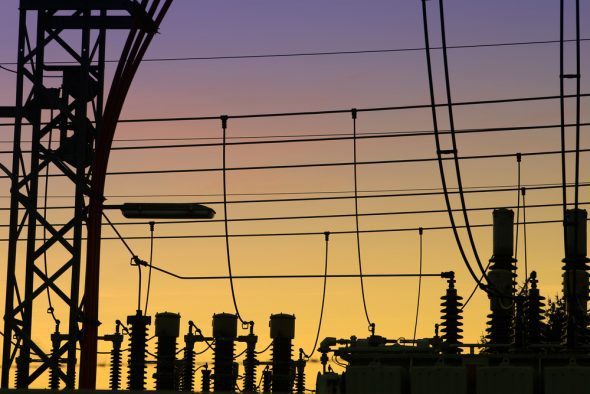Endeavour Energy has gone public, flagging an intention to put control over network assets into the hands of councils and communities, beginning with a greenfield site trial.
In my view, this is the most sensible and exciting development we have seen for sometime in Australia’s energy market transition. Here is why:
We can say with confidence that up to 45 per cent of the electricity value chain is typically tied up in distribution network assets. The numbers vary around the country, customer-by-customer and year-on-year (based on wholesale market fluctuations), but approximately 45 per cent of an energy customer’s bill is linked to the cost of using the distribution network.
Getting the economics of energy distribution right is absolutely fundamental to a financially sustainable model of energy supply.
In projects we have modelled and implemented around Australia, rooftop solar alone will typically cut distribution network revenues by 30 per cent – solar and storage cuts it by 40-50 per cent.
Given the vast majority of distribution network assets are a sunk capital investment, solar and storage will often worsen asset utilisation and drive up the unit cost of electricity. However, rooftop solar and storage is usually the easiest, cheapest, most appealing way to deploy solar energy for customers.
The above conundrum has been at the heart of the Renewable Newstead project in its search for a scalable model that transitions communities to 100 per cent renewable energy.
Admittedly, we can be strategic and target solar and storage investment in constrained parts of the network with price signals – but this won’t stop Joe Bloggs trying to cut his own bill by 80 per cent with solar and storage.
By guaranteeing a return on investment to regulated network owners, while encouraging customers to save the world – and their hip pockets, we are putting customers between a rock and a hard place.
Put simply, we can’t all enjoy the 80 per cent long-term reduction on our bills (promised by the solar suppliers) when 45 per cent of that bill is focused on ensuring the distribution network owners get their return on investment.
A future energy market, with high penetration of rooftop solar and storage behind-the-meter is at odds with the current economic and regulatory model which governs the distribution network.
The process of five-yearly investment reviews, statewide tariff smoothing and regulated returns are out of step with customers who read their latest bill and decide to install rooftop solar.
When it comes to innovation, we typically focus on technology trials (both big and small). However, the effective use of technology depends on more personal, organisational and economic factors.
In the case of distributed energy, it is almost entirely dependent on creating a new socio-economic model for the distribution grid. Hence, we should be excited by Endeavor Energy’s initiative.
In designing this socio-economic model, we need to explore beyond pure technology or economic options, such as peer-to-peer trading using blockchain, tweaking time-of-use feed-in-tariffs and new peak capacity charges. These solutions may help us divide the distribution network pie differently, but the pie must still be shared by both consumers and communities.
How do we share the pie equitably? How do we share it with deep commitment from customers? How do we create investment certainty for owners of distributed energy, and not just owners of the network?
These are the type of questions that will guide development of a sustainable market framework for the emerging distributed energy market.
To answer them, we need to spend more time with customers. Not the ones who sign up to trials – the ones who live down the street. The little old lady who bought solar in 2006, yet still has high electricity bills. The family with three kids, too busy and sleep deprived to shop around for a better deal. The absent, global professional. The single mum.
Their answers will shape not just how we use the dizzying array of new energy technologies becoming available to us, but what those technologies should be, who should own them and how a new, sustainable socio-economic model for energy should work.
Tosh Szatow is director and co-founder of The People’s Solar







